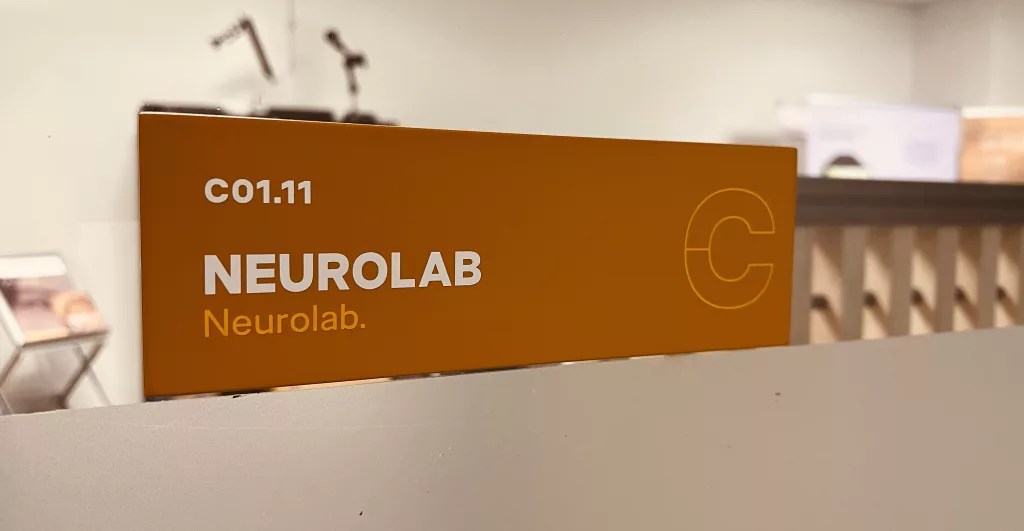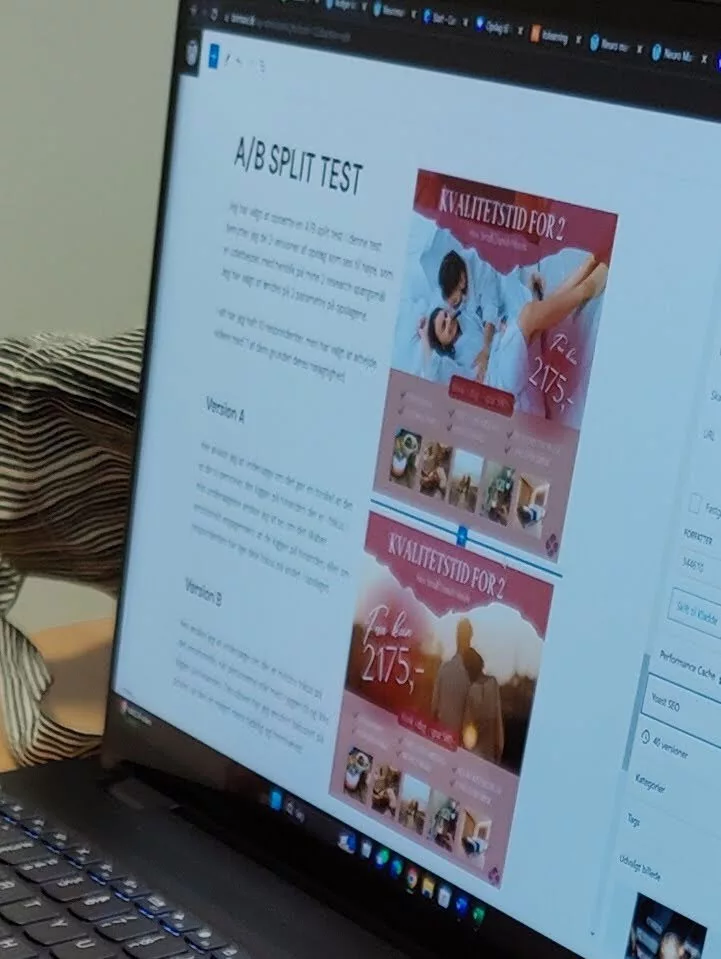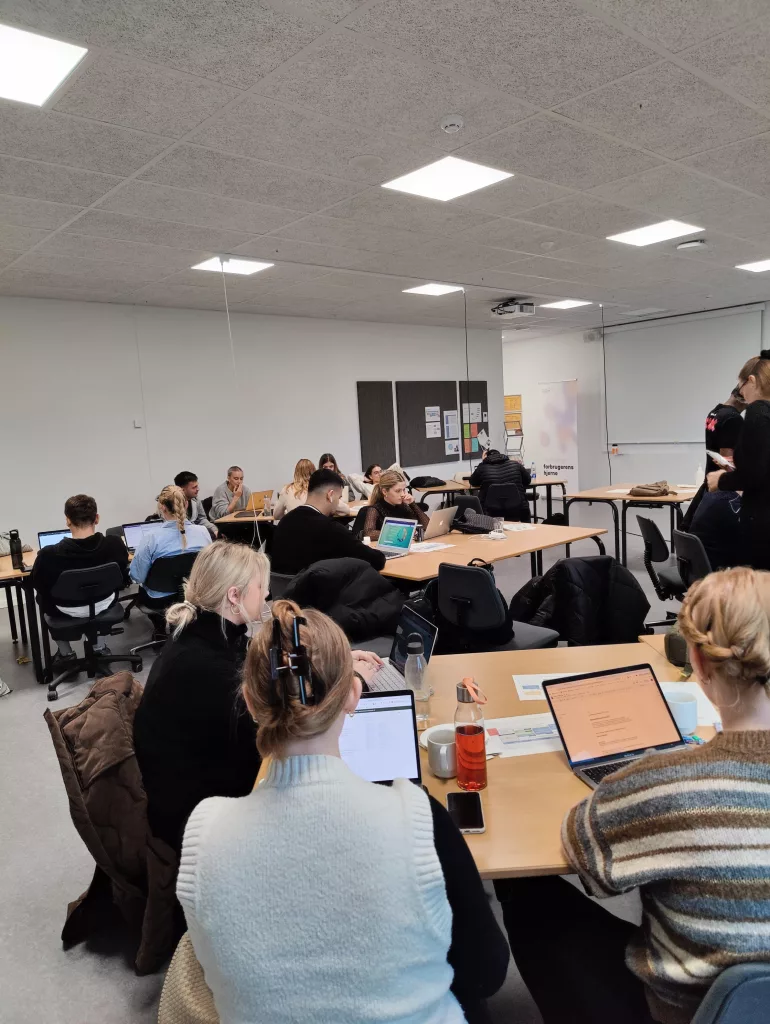One of the significant hurdles for students in leveraging specialized software effectively lies in the rather steep learning curve required to master it. Often, this learning curve alone renders the endeavor of teaching students to use specialized software for a single semester or two unfeasible for any student-focused tool. This often means that the privilege of using highly specialized software, such as iMotions Lab, has been reserved for Master’s students, PhD candidates, postdocs, and professors. However, the status quo is set to change.
With the launch of iMotions Online, iMotions is spearheading a revolution, aimed at making human behavior software a cornerstone in educational institutions globally. From the very beginning of their academic journey, students are envisioned to harness iMotions as a pivotal data collection and analysis platform. This is grounded in the belief that the intricacies of human behavior research are not as daunting as they might appear, especially when it comes to grasping its fundamental principles.
iMotions Online is crafted on the firm belief that students, even those at the college level, can quickly master the essential aspects of data collection and analysis. It’s a bold stance, and naturally, bold stances must be validated through application.
Proving the claim
To put our bold assertion to the test, we collaborated with Tine Juhl Wade, a longstanding collaborator of iMotions and Director of the Neuromarketing Lab at VIA University College in Horsens, Denmark. This partnership aimed to evaluate whether iMotions Online could live up to our high expectations in a genuine teaching scenario.

Having Tine on board was brilliant, as we know that she would not let us off easy, if our product was not up to the task she set. Her role at VIA University College placed her in an ideal position to rigorously evaluate this new browser-based platform.
Tine regularly conducts workshops and courses designed to acquaint students with neuroscience tools, enhancing their studies within different programs such as business, engineering, and film production. It was in one of these workshops that iMotions Online would be put to the test.
During a one-week neuromarketing workshop, Tine aimed to determine whether she could effectively educate a group of students lacking any previous experience in biosensors, human behavior research, data collection, or neuromarketing. If iMotions Online is as user-friendly as we believe it is, then within that week, students should be capable of orchestrating a comprehensive neuromarketing study—from conceptualizing the study design to presenting their findings with compelling data visualizations.
The Study Itself
This project required students to take complete ownership of their study from inception to execution, including the recruitment of participants and the analysis of collected data.
Central to the task was the need for students to engage with the material by creating and modifying digital content, which they had previously developed in another course. This content, designed for social media platforms, ranged from images to advertisements, some incorporating text both within the image and in accompanying posts. The diversity in content types provided a rich basis for analysis and experimentation.
The core assignment involved conducting an A/B split test, a methodological approach that allowed students to compare two versions of their content to determine which performed better in achieving specific objectives. The experiment was designed to be accessible yet challenging, encouraging students to question how minor adjustments—such as repositioning a logo or altering an image—could significantly impact viewer engagement and emotional response.

Students were prompted to select a piece of their own content and create a “dummy” version (B version) by modifying one or two elements. This setup introduced them to the complexities of experimental design and the nuances of digital marketing strategies. By focusing on variables that could potentially increase attention or emotional engagement, students embarked on a process to optimize their content to real-world respondents.
To facilitate this task as a learning experience, rather than a marketing exercise, unnecessary complexities were removed to maintain focus on the essential aspects of conducting a split test. Tine Juhl Wade provided guidance by framing the experiment around two key questions that students needed to explore through their content modifications.
Once the variations were created, students set up their studies in iMotions Online, sending it out to at least five participants but encouraged to include more for robust data collection. This hands-on approach not only reinforced theoretical knowledge but also equipped students with practical skills in data analysis, content creation, and the application of scientific methods to marketing strategies.
A Week of Successful Hands-on Learning
The workshop week began with an introduction to the study builder, where students formulated their research questions and set up their studies with their chosen social media content, which during that time was also altered into A/B versions for the study. Following that, the students distributed their studies to their respondents.

That all sounds pretty straight forward, and it really is. However, take a moment to appreciate that these students came in Monday morning with no concept of how to use iMotions Online at all. And by end-of-day Monday, they had a fully formulated research question, and a full study made and distributed – while having to learn the software before being able to do so.
On Tuesday, as responses accumulated, the focus shifted to lectures on understanding of neuromarketing principles, data analysis, and the art of presentation.
As Wednesday dawned and the studies had been completed by the remote respondents, the class began the task of analyzing and visualizing the study data. Thursday they had to prepare a presentation of their process, findings, and considerations. Friday was presentation day.
Navigating Challenges
Even though the workshop had a tight setup and oversight, the week was not without its challenges, particularly in managing 35 distinct studies, underscoring the logistical and educational hurdles of hands-on technology instruction. The variance in students’ technical skills demanded a flexible teaching strategy.
To be able to manage 35 people, all with different questions and in various stages of the study, Tine Juhl Wade’s provision of real-time support and customized learning materials, both written and video, proved instrumental. This effective method, not only enhanced learning but also created an environment that encouraged students to independently explore and apply the neuromarketing concepts, safely equipped with essential knowledge for success.
Data and experience
There is one aspect of learning the ins and outs of working with human behavior research, that is impossible to streamline and optimize, and that is the data analysis part. At least the part of the data analysis that entails looking at the data and saying “this is significant, and this is not significant” can be both daunting and hard to decipher without the proper long-term exposure to data. In short, learning how to analyze, interpret and extrapolate data is to a large extent, a matter of experience.
Insights and Outcomes
The study revealed several valuable insights as well as some exciting directions for future expansion. The iMotions Online platform proved to be an invaluable tool for facilitating practical learning, its user-friendly interface, supported by the tailored learning materials, enabled students to quickly grasp and apply the technology in order to execute their study in the best way possible.

The hands-on nature of the project enhanced student engagement and deepened their understanding of data-driven decision-making in marketing. After the workshop had concluded Tine Juhl Wade handed down her judgment on iMotions Online, and it was exactly what we hoped for:
“…the tool is brilliant for hands-on courses where the students need a crash course in which they are at the center, i.e. where they are involved. That is, a course where you (as a teacher) don’t just stand at the blackboard and say a whole lot of things, show a lot of papers on a slide and such, and then show off a pair of fancy eye tracking glasses. If it’s a crash course where they have to be involved themselves, then I think it’s absolutely brilliant because they can get started quickly and quickly have data to look at, and then move on (to the next project).”
Tine Juhl Wade, Lab Director
Moreover, the study underscored the importance of adaptable teaching methods in the digital age. Tine Juhl Wade’s creation of customized video tutorials and guides catered to different learning styles, ensuring that even students with technical challenges could progress at their own pace.
In a testament to their efficacy, a student who was taking the class from home was still able to comfortably complete the workshop through a combination of the intuitive user-interface of iMotions Online and the customized learning materials, only needing very limited teacher support.
Future Directions for iMotions Online
Reflecting on the success of the study, Tine Juhl Wade envisions broader applications for iMotions Online in educational settings, from high school to college, saying that the platform’s simplicity and practical focus were highlighted as key factors in its effectiveness as a teaching tool, that could easily be applied to students younger than hers. Additionally, the study prompted considerations for creating a student handbook to aid in data interpretation, suggesting a path forward for enhancing the learning experience.
Conclusion
The iMotions Online case study at VIA University College exemplifies the potential of integrating digital tools into education. Through a blend of hands-on exercises, personalized teaching materials, and a focus on practical application, students were empowered to actively engage with neuromarketing concepts, gaining valuable insights into the data-crunching side of marketing. This platform test not only showcases the innovative use of iMotions Online but also serves as a blueprint for future educational endeavors that aim to bridge the gap between theory and practice in the digital era.






